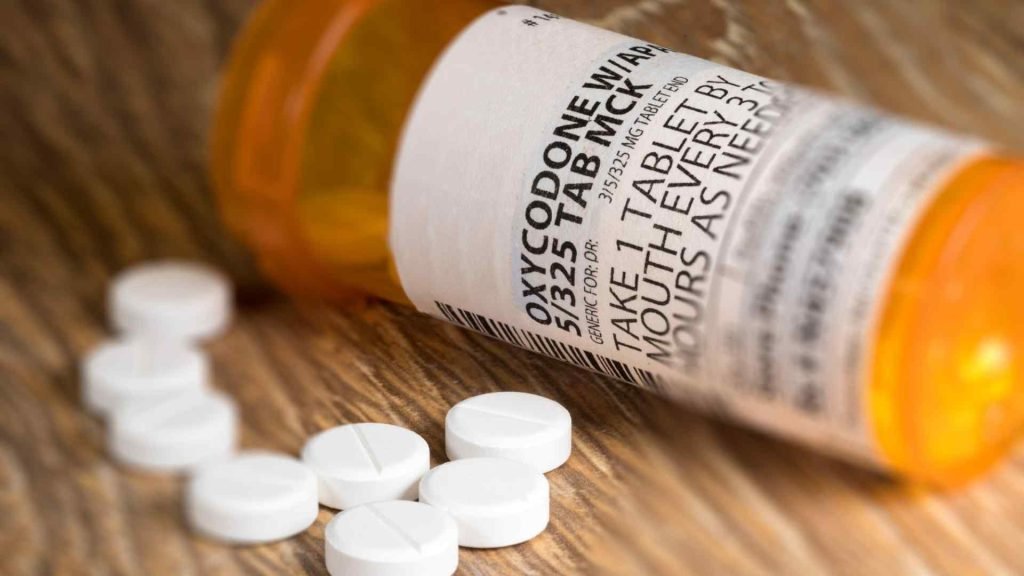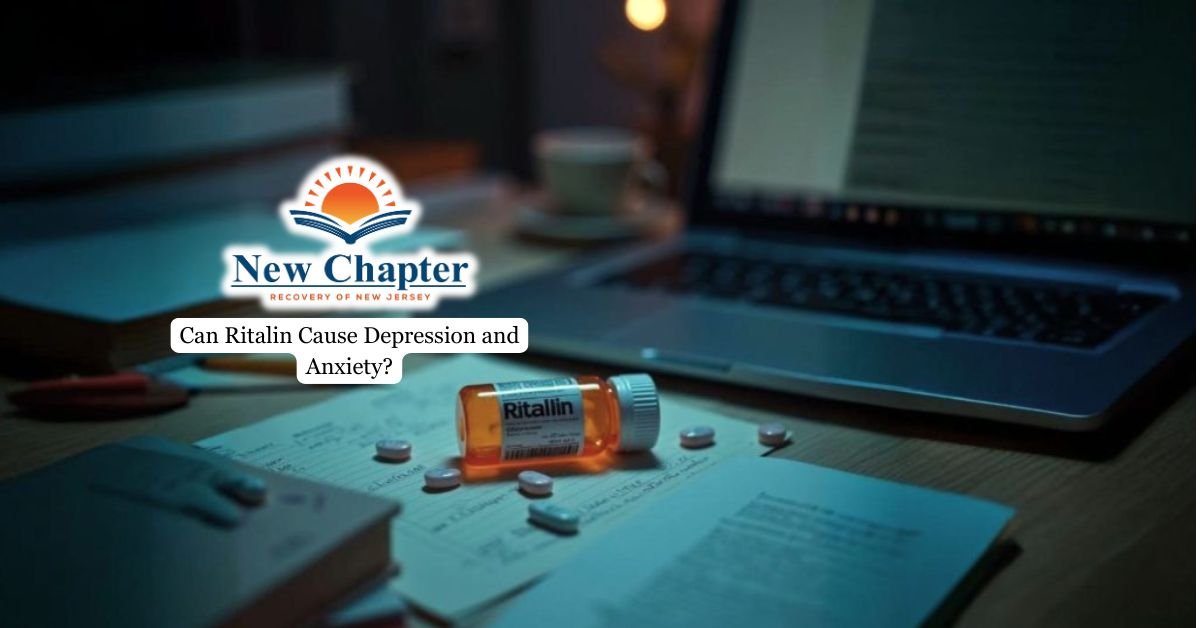Derived from thebaine, a natural alkaloid found in the opium poppy, oxycodone shares structural similarities with other opioids such as morphine and hydrocodone. Its ability to alter pain perception and induce feelings of euphoria increases the risk of dependency, especially with prolonged use or misuse.
The addictive nature of oxycodone has played a major role in the ongoing opioid crisis in the United States and globally. Many individuals who initially use it for legitimate medical reasons may develop physical dependence, leading to higher doses, misuse, and eventual addiction. Raising awareness about oxycodone’s risks is essential for patients, healthcare providers, and the public to promote responsible use and prevent opioid addiction.

How Oxycodone Works
By binding to opioid receptors in the brain and spinal cord, oxycodone inhibits the transmission of pain signals and stimulates the release of dopamine, a neurotransmitter linked to pleasure and reward. This pharmacological action underlies oxycodone’s high potential for addiction.
The drug induces feelings of euphoria and well-being upon consumption, reinforcing its use.
With continued usage, the body builds a tolerance to oxycodone, necessitating higher doses for the same effects. This escalation in dosage heightens the risk of developing physical dependence.
Upon dependence, cessation or reduction of oxycodone intake can lead to unpleasant withdrawal symptoms like anxiety, insomnia, and flu-like manifestations.
This cycle of tolerance, dependence, and withdrawal creates a pathway to addiction. The pleasurable sensations induced by oxycodone, juxtaposed with the discomfort of withdrawal, form a challenging barrier to overcoming the grip of this potent opioid.
Who Is Most Vulnerable to Oxycodone Addiction?
Several factors contribute to an individual’s risk of developing oxycodone addiction, including genetic predisposition, environmental influences, and psychological characteristics. A family history of substance abuse can increase susceptibility, as genetic traits impact how the brain responds to opioids, potentially making addiction more likely.
Easy access to oxycodone, whether through a medical prescription or illicit sources, significantly raises the risk of misuse. Younger individuals and those with prior substance use history are especially vulnerable. The availability of the drug plays a crucial role in its potential for abuse.
Psychological factors such as low self-esteem, impulsive behavior, and peer pressure further elevate addiction risk. Individuals struggling with mental health conditions like depression or anxiety may turn to oxycodone as a way to self-medicate, increasing the likelihood of dependence and addiction over time.

Signs and Symptoms of Oxycodone Addiction
An indication of addiction is developing a tolerance, requiring higher doses for the drug to be effective. Experiencing withdrawal symptoms when attempting to cut back or stop oxycodone use signals dependence. Unsuccessful efforts to reduce usage can also signify a problem.
Behavioral changes often accompany addiction, such as increased secrecy about activities to prioritize obtaining and using oxycodone. Mood swings, irritability, and social withdrawal are common. Physical signs like constricted pupils, slowed breathing, and disturbances in sleep patterns may also be present, indicating a potential issue.
If you observe these signs in yourself or a loved one, seeking professional help for prescription drug addiction treatment without delay is advisable.
Prevention and Treatment Strategies
Prevention efforts should focus on educating prescribers about the risks and benefits of high-dose opioid therapy, improving prescribing practices, and enforcing existing laws to reduce diversion and misuse. Patients and the public also need to be informed about the high addiction potential of oxycodone and the dangers of misuse.
Treatment for oxycodone addiction typically involves a combination of medication-assisted treatment (MAT), behavioral therapies, and support services. MAT using medications like buprenorphine or methadone can help manage withdrawal symptoms and cravings. Cognitive-behavioral therapy and contingency management have been shown to be effective in treating opioid use disorders. Increasing access to overdose reversal drugs like naloxone and expanding harm reduction programs are also important strategies.
Final Thoughts From New Chapter Recovery
In conclusion, oxycodone is a highly addictive opioid medication that carries a significant risk of abuse and addiction. Its potent effects on the brain’s reward system and the potential for rapid development of physical dependence make it a dangerous drug when misused. The opioid epidemic has highlighted the need for greater awareness of the addictive nature of oxycodone and other prescription opioids. By implementing effective prevention strategies, improving prescribing practices, and providing comprehensive treatment options, we can work towards reducing the devastating impact of oxycodone addiction on individuals, families, and communities.
Frequently Asked Questions
How long does it take to develop a dependence on oxycodone?
Dependence on oxycodone can develop within a few weeks of regular use, especially at higher doses. The exact timeline varies based on individual factors like dosage, frequency of use, and personal susceptibility to opioids. Physical dependence occurs when the body adapts to the drug and withdrawal symptoms appear upon stopping.
What is the difference between oxycodone dependence and addiction?
Dependence refers to the body’s physical adaptation to oxycodone, leading to withdrawal symptoms when usage stops. Addiction, on the other hand, involves compulsive drug-seeking behavior despite negative consequences, often accompanied by psychological cravings and loss of control over use. While dependence can occur with prescribed use, addiction typically involves misuse.
Can oxycodone addiction occur even when taking the medication as prescribed?
Yes, addiction can develop even when oxycodone is taken as directed, particularly with long-term use. While proper medical supervision can reduce the risk, some individuals may still experience cravings and compulsive use due to the drug’s effects on the brain’s reward system. Factors like genetic predisposition and mental health conditions can increase the likelihood of addiction.
Does long-term oxycodone use cause permanent changes in the brain?
Prolonged oxycodone use can alter brain function, particularly in areas responsible for pain perception, decision-making, and impulse control. These changes can lead to increased tolerance, dependence, and difficulty experiencing pleasure without the drug. While some brain adaptations may reverse with sustained sobriety, others may require long-term treatment and therapy to fully recover.






